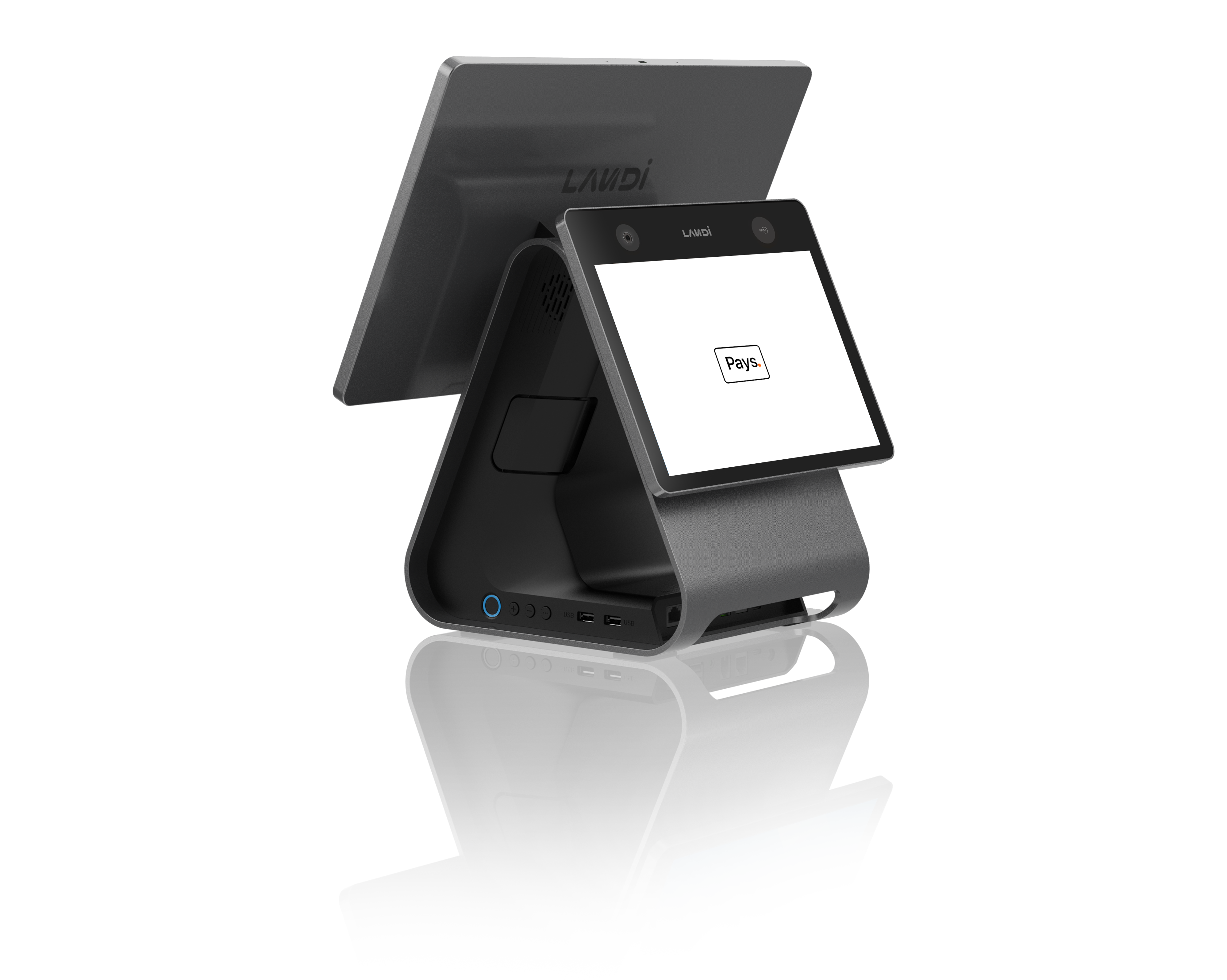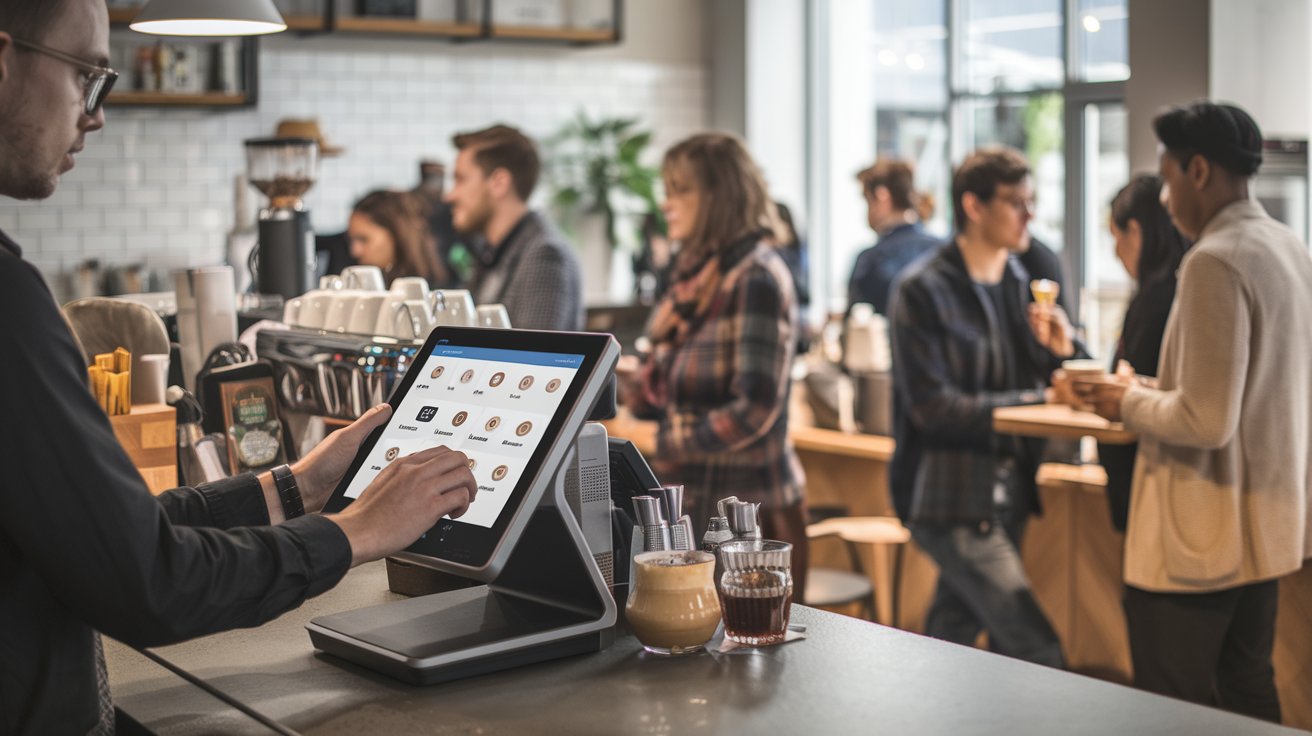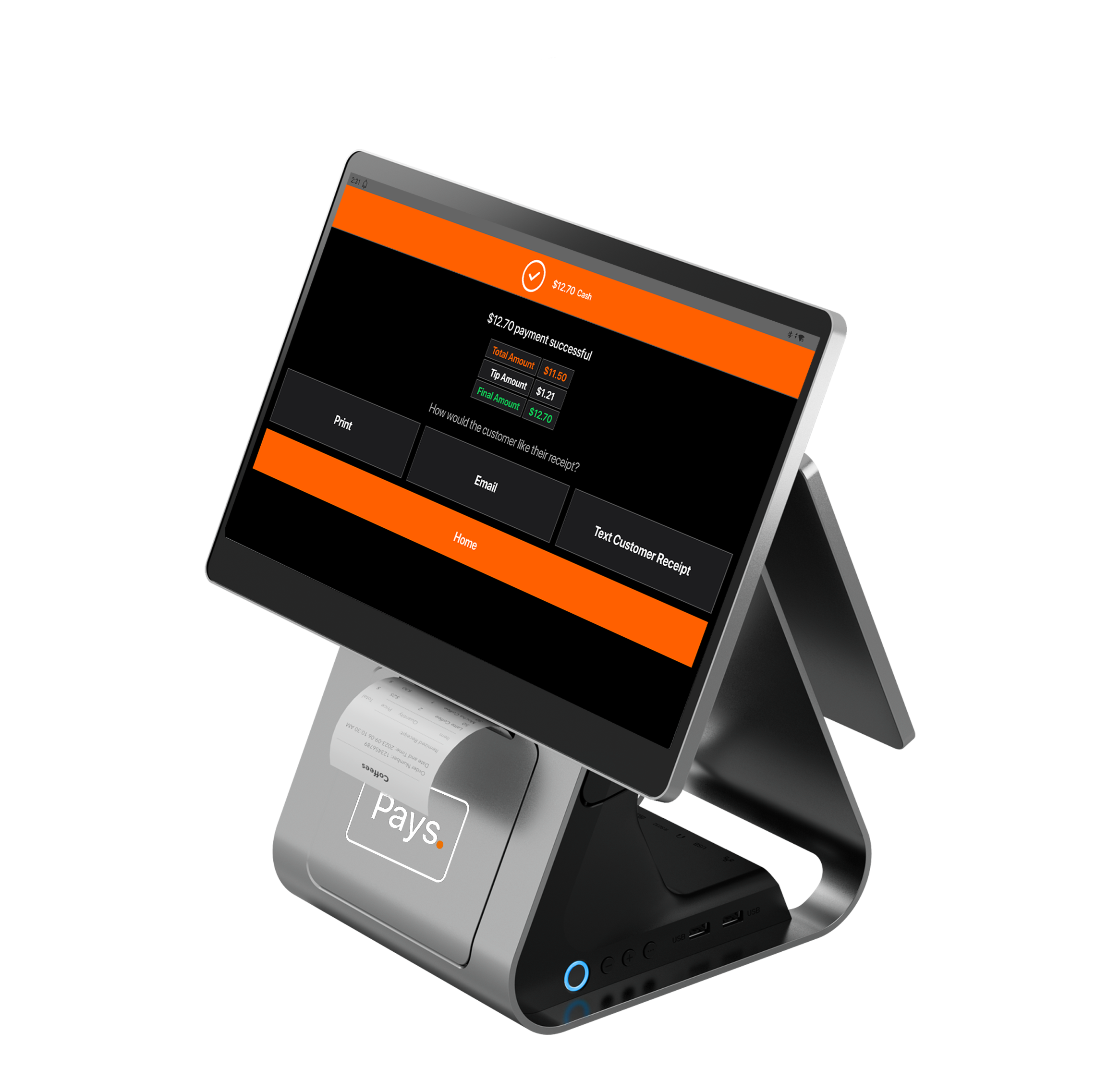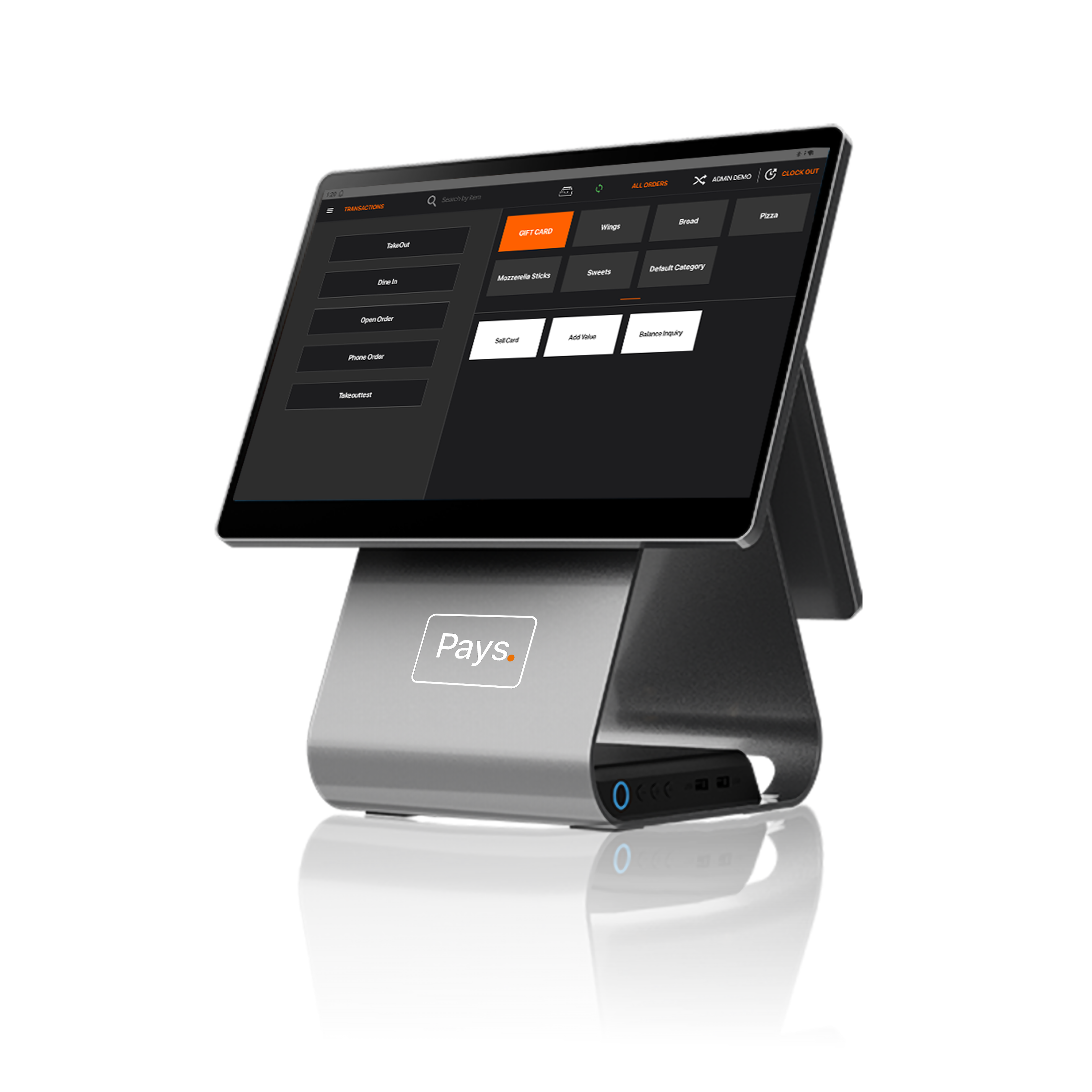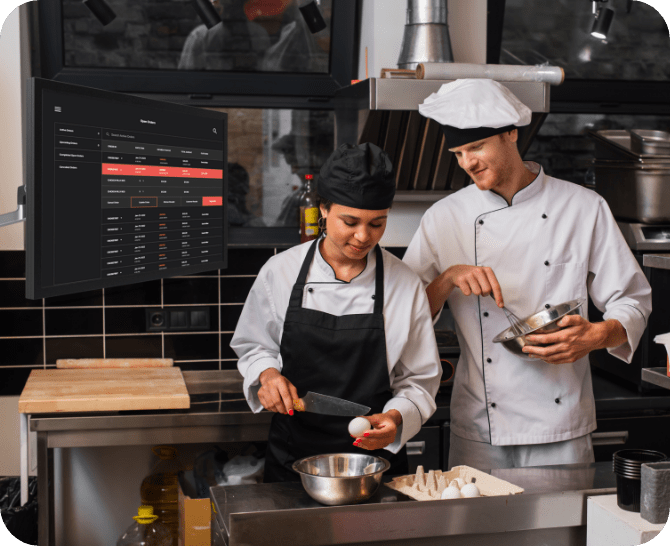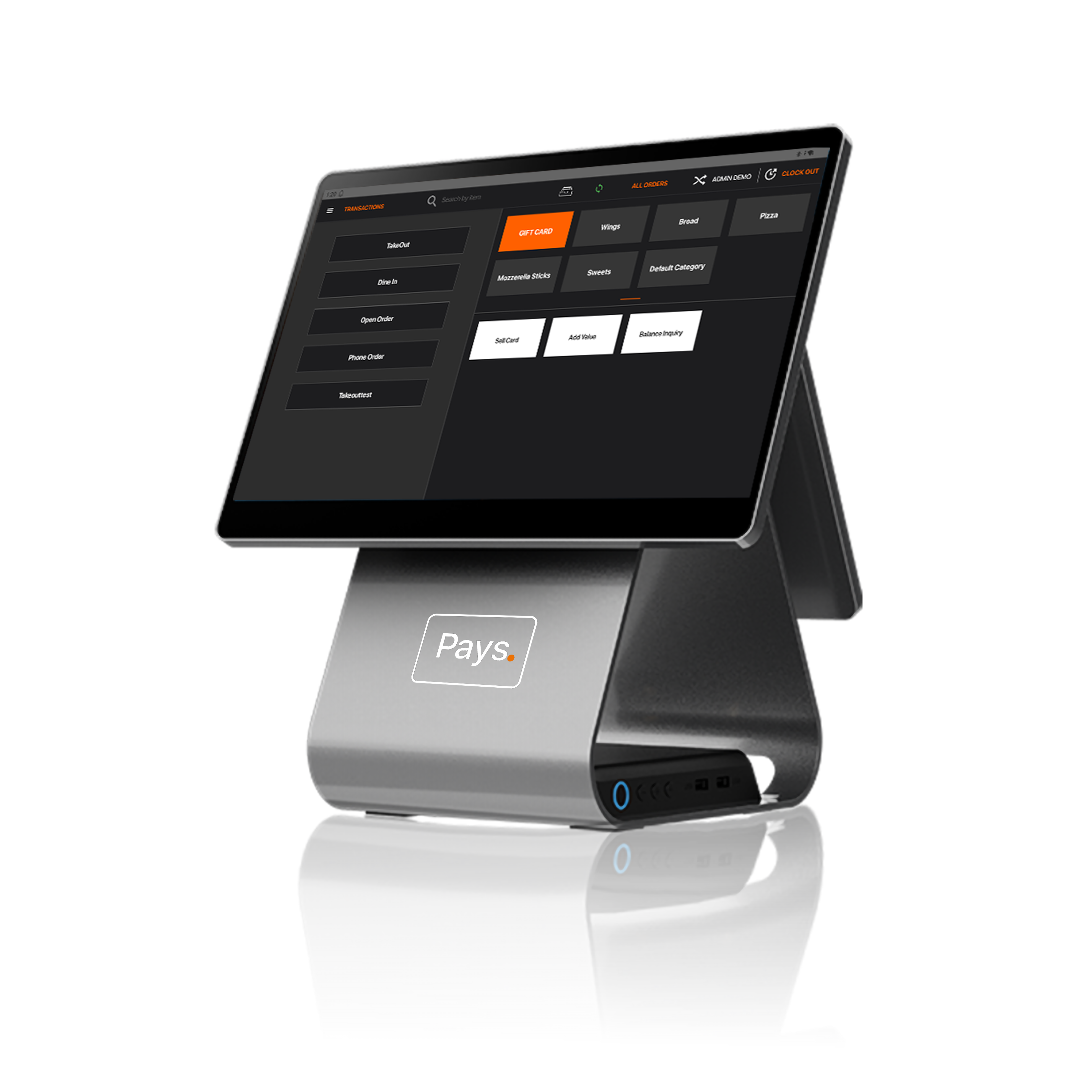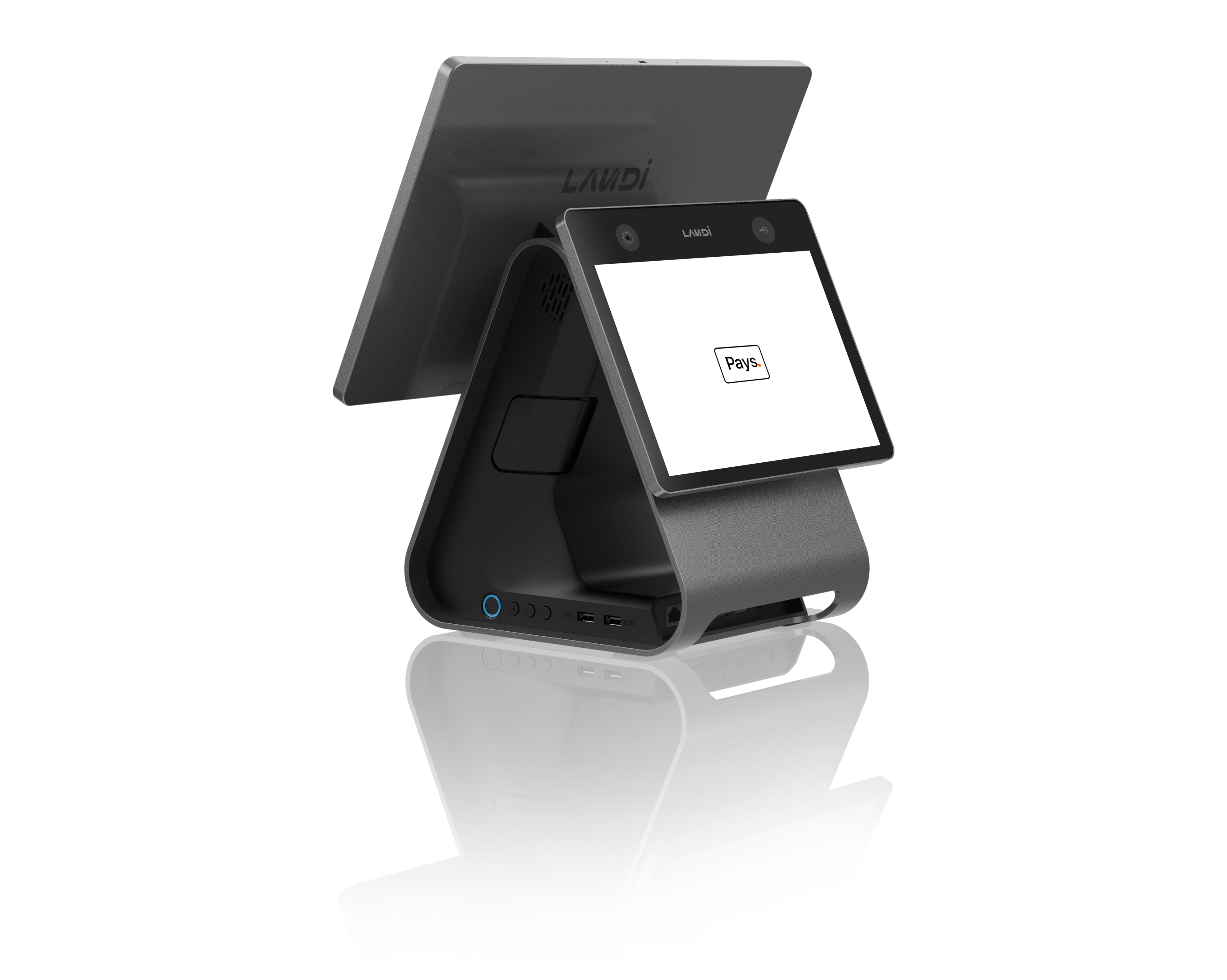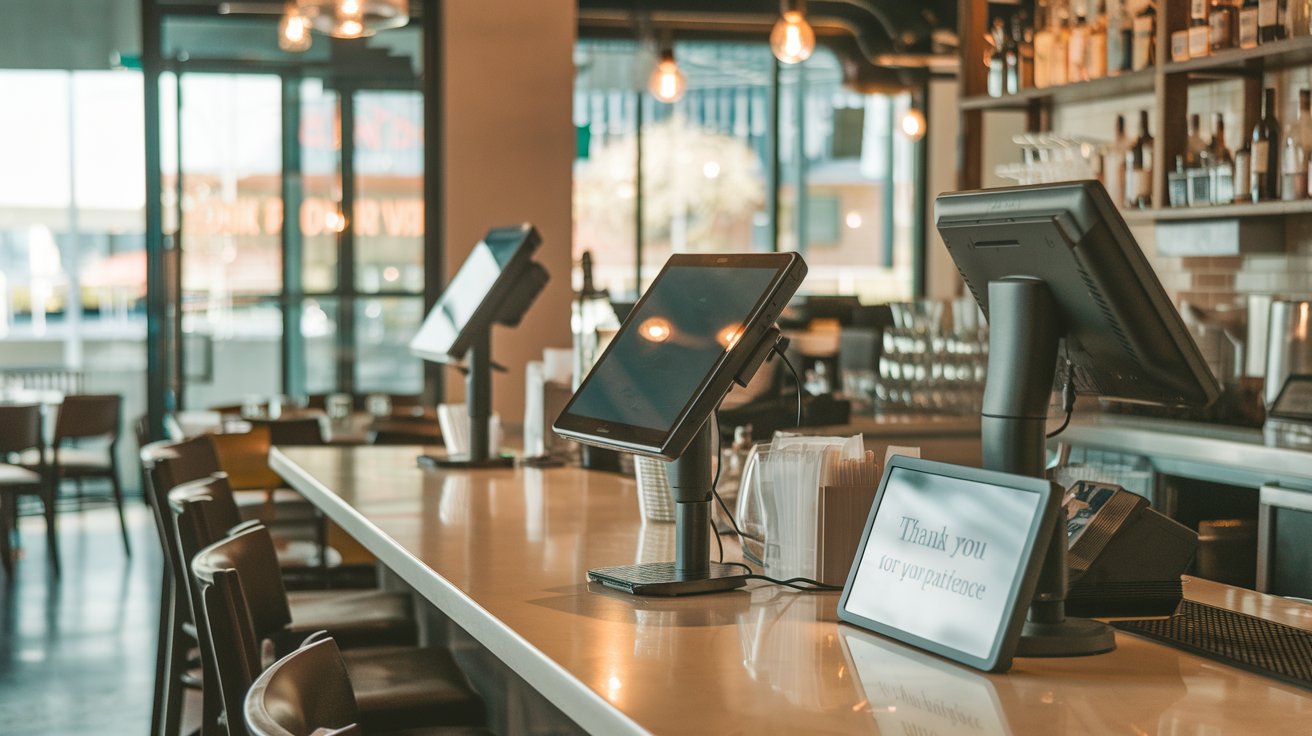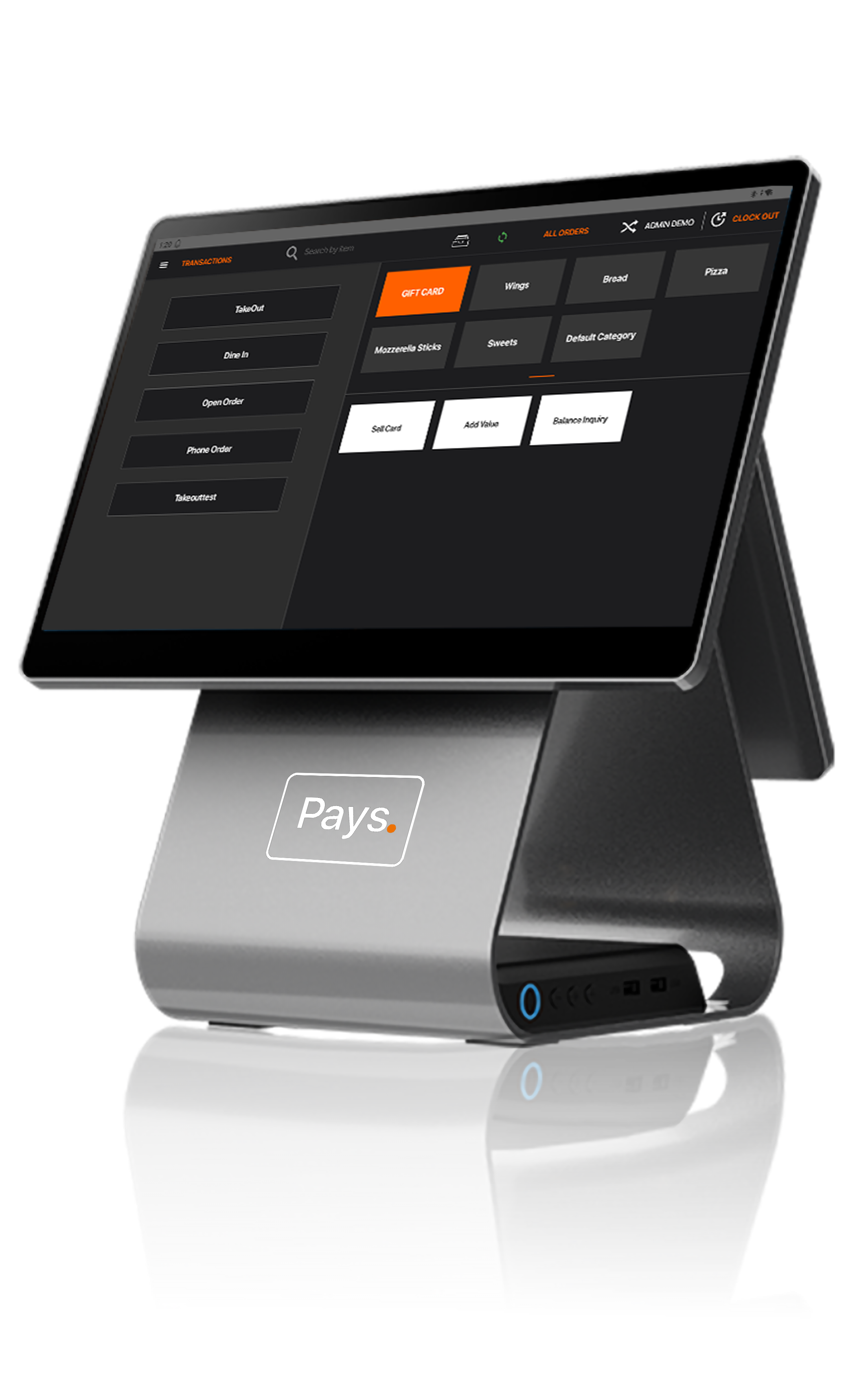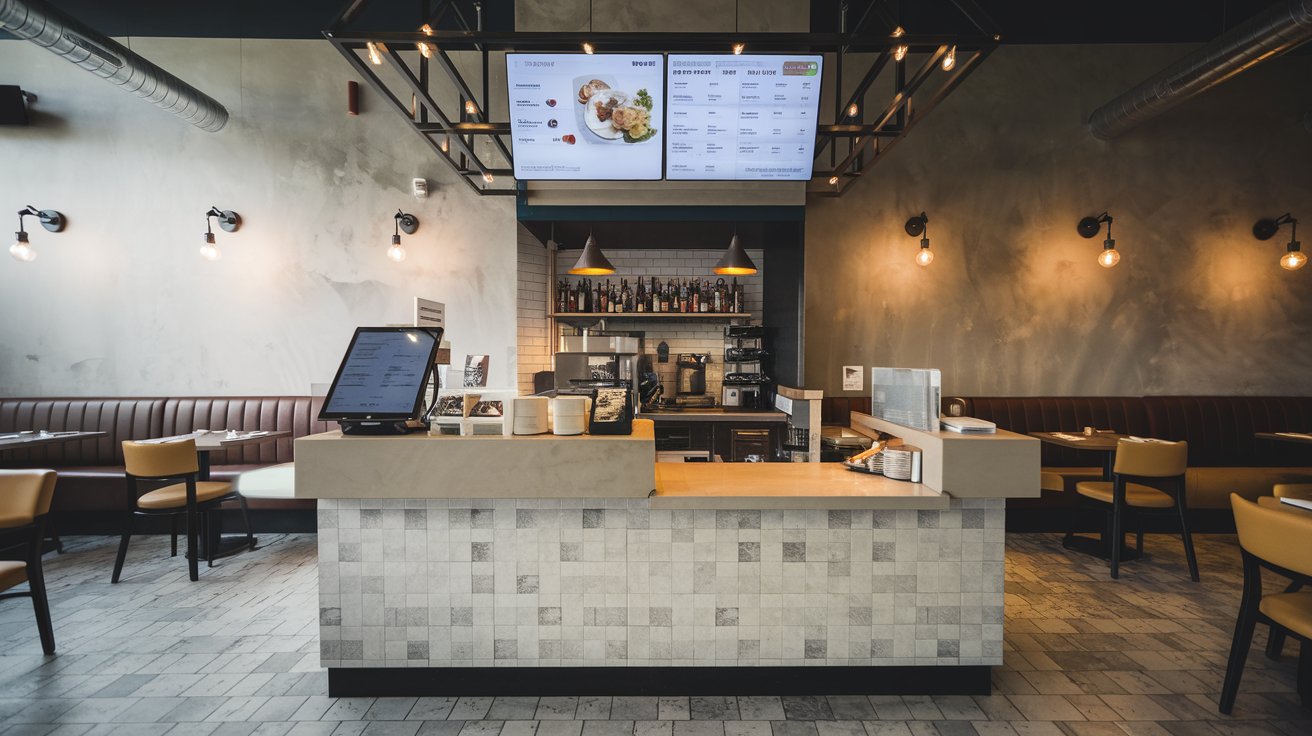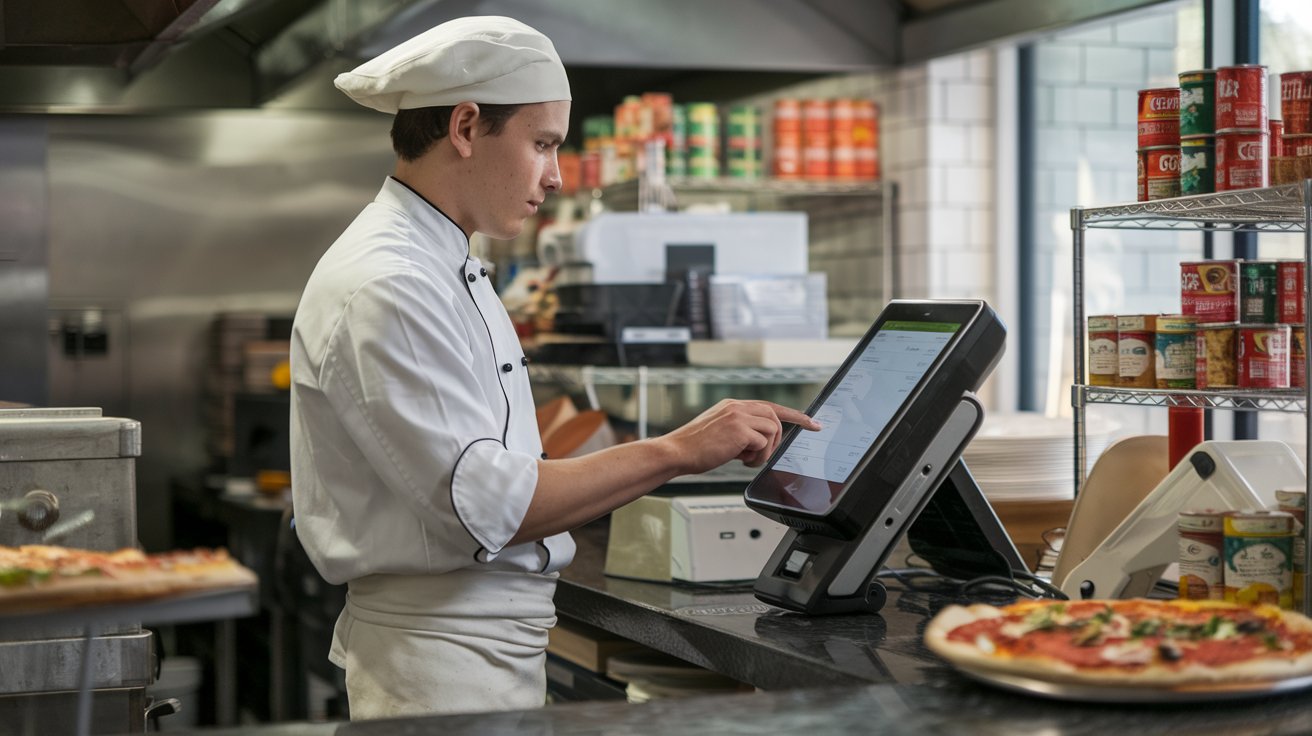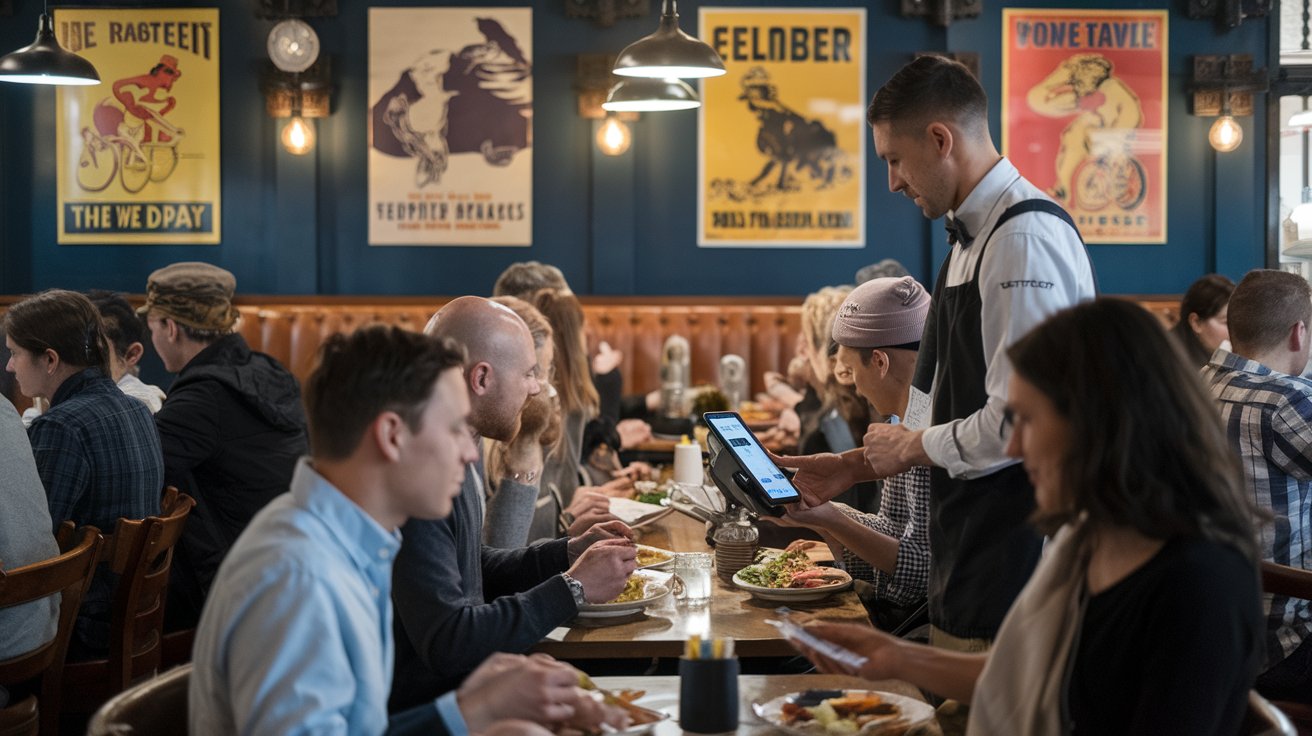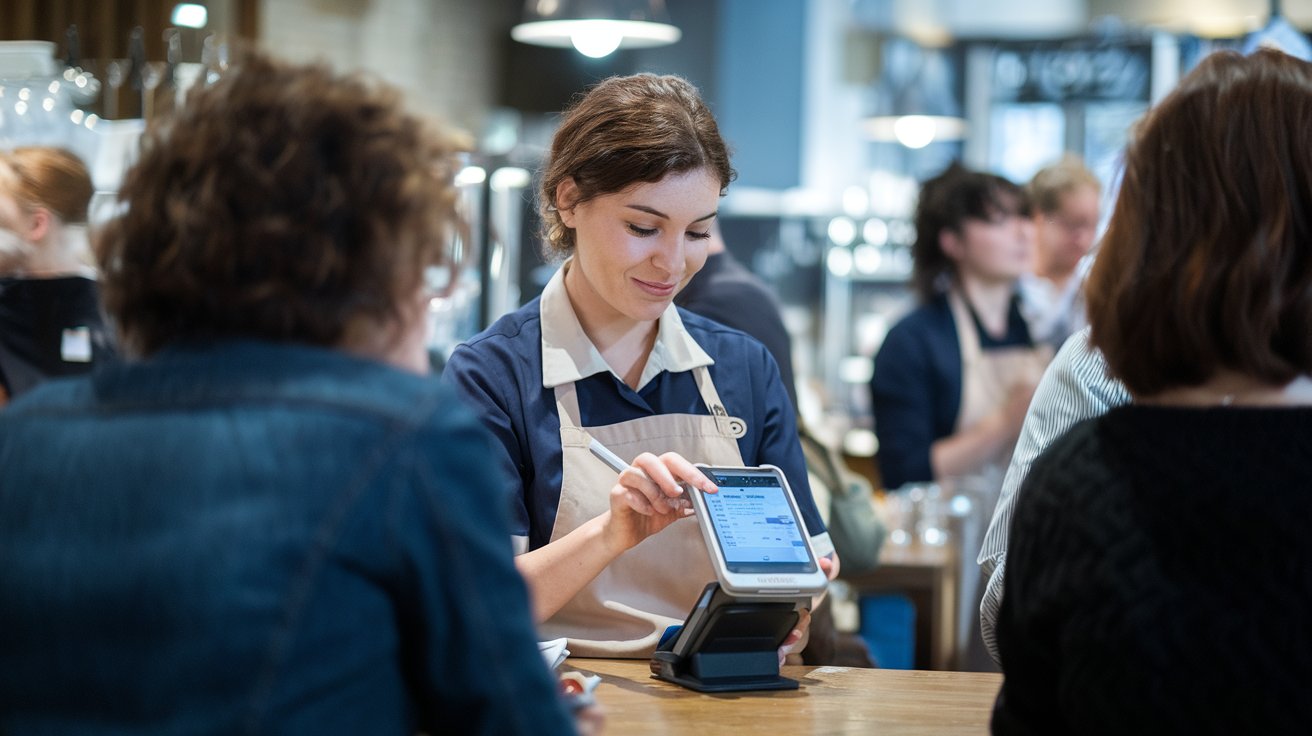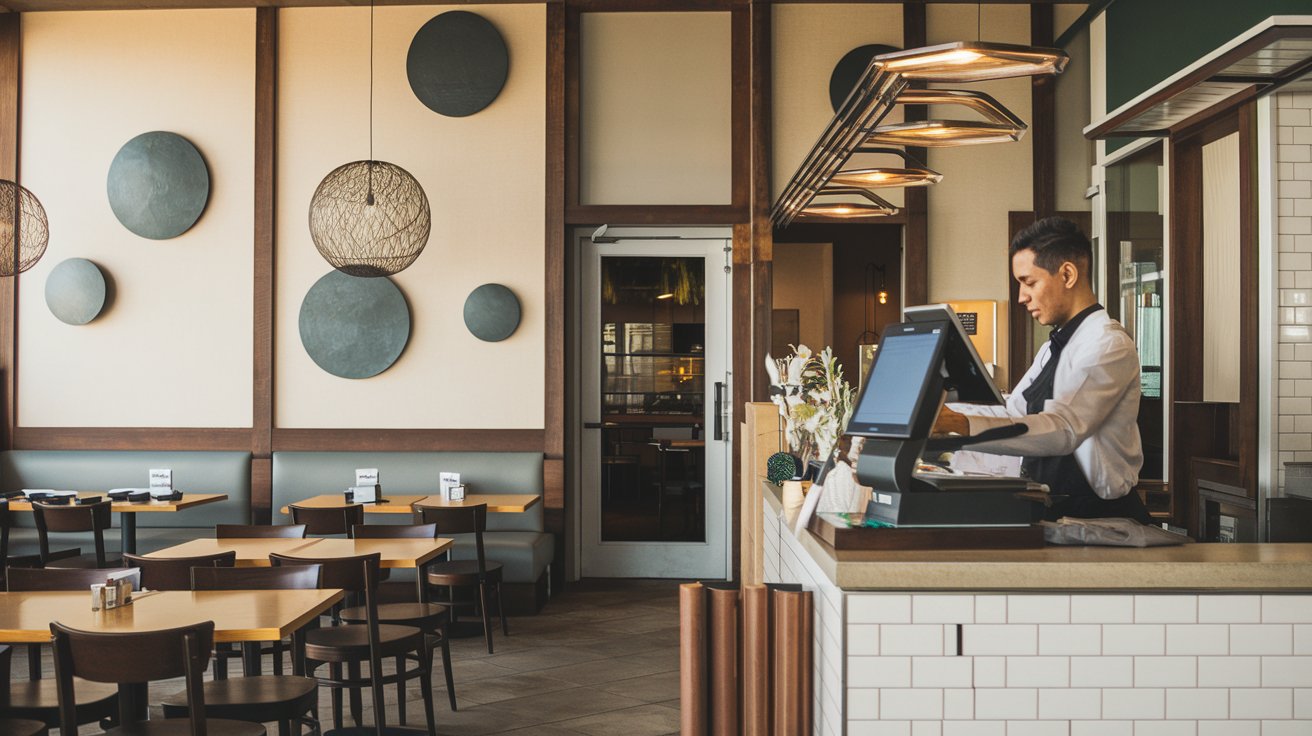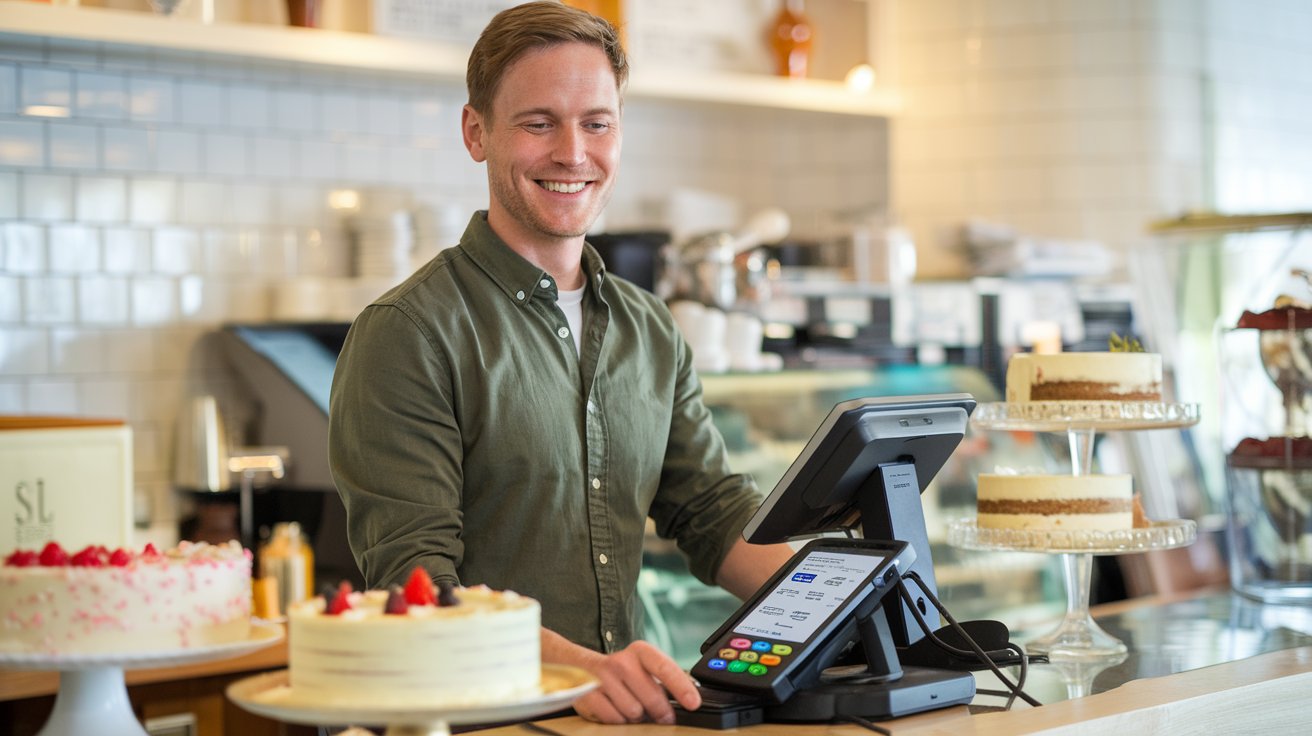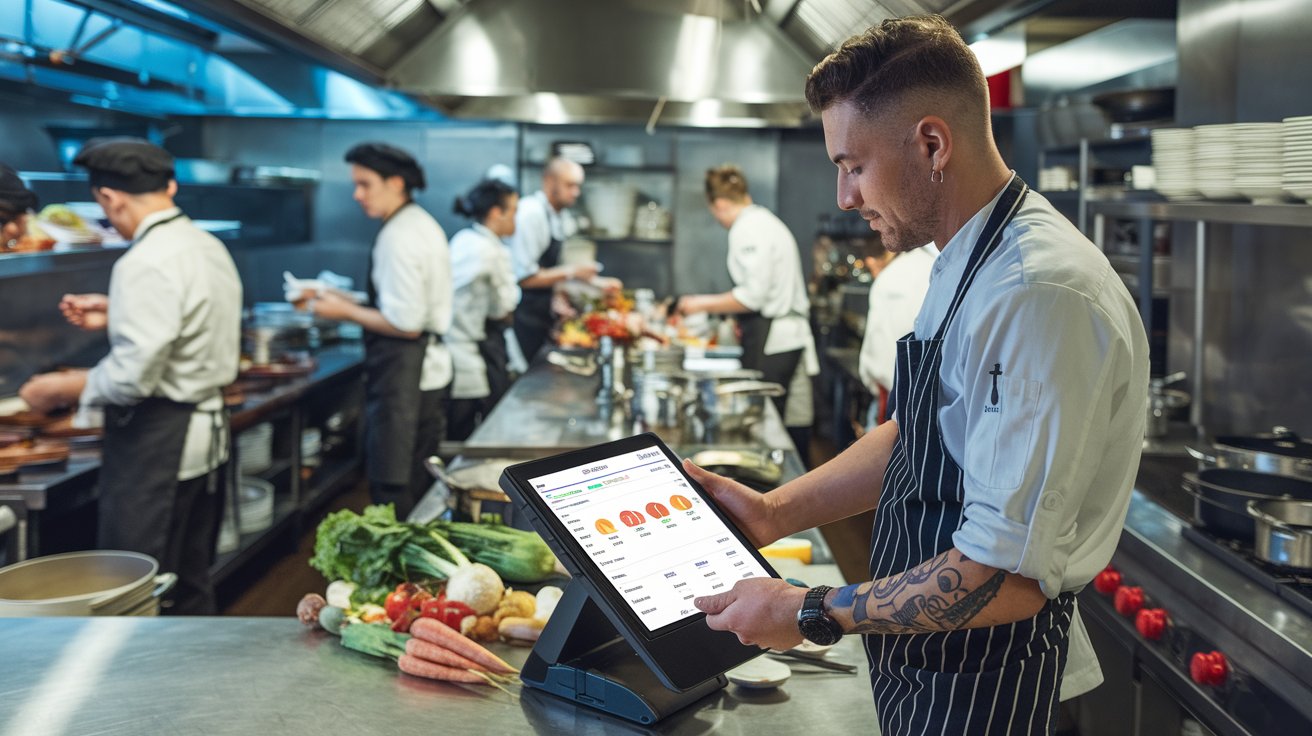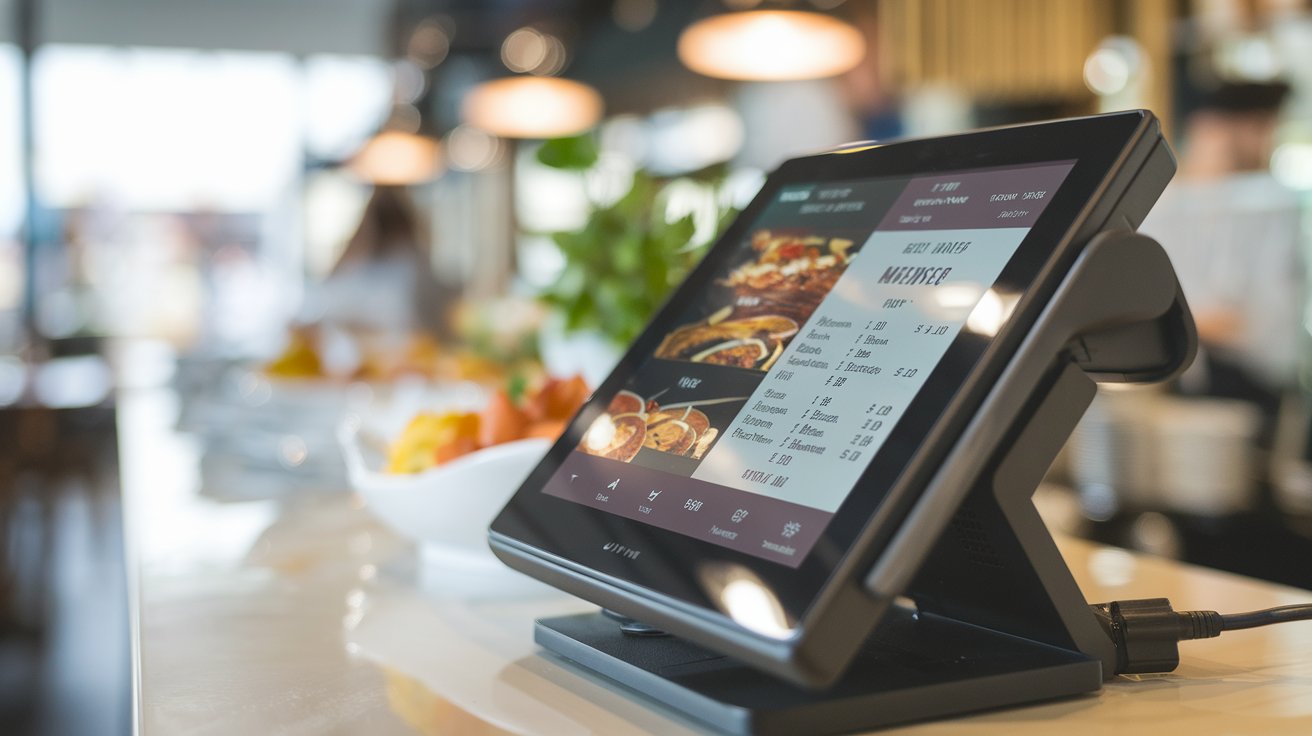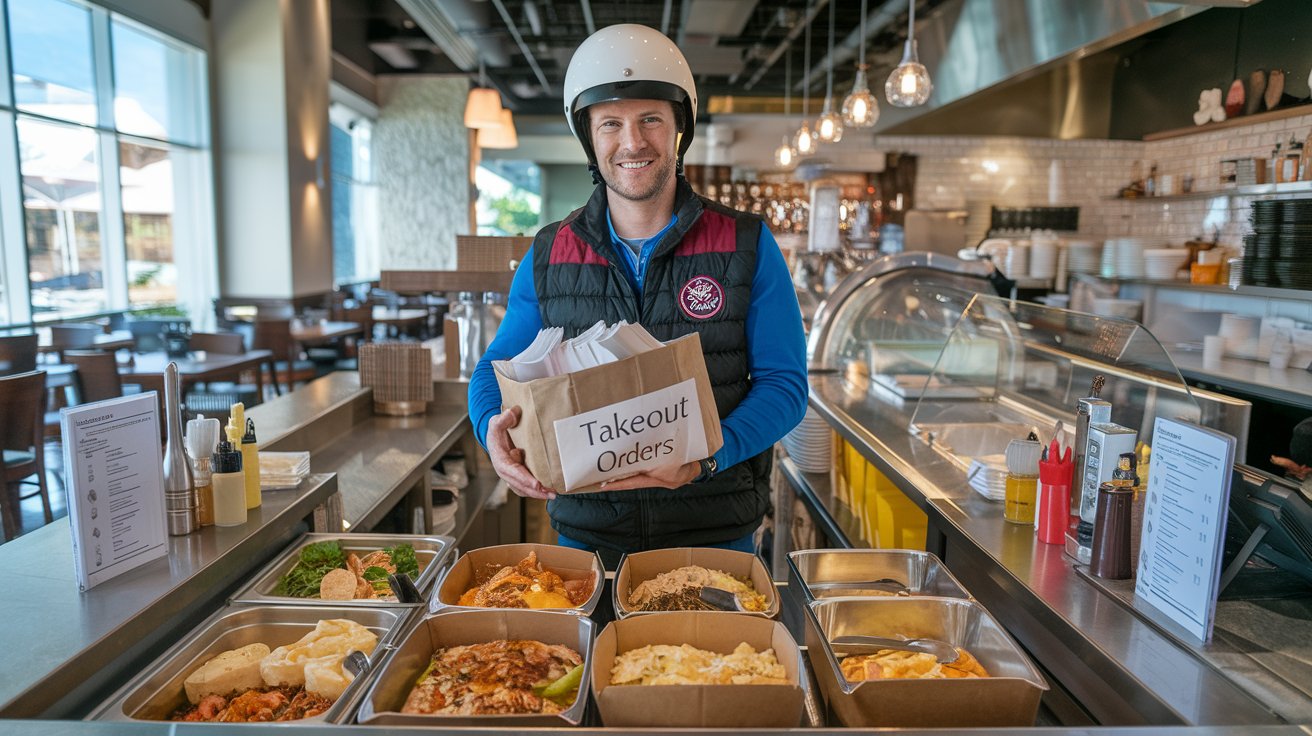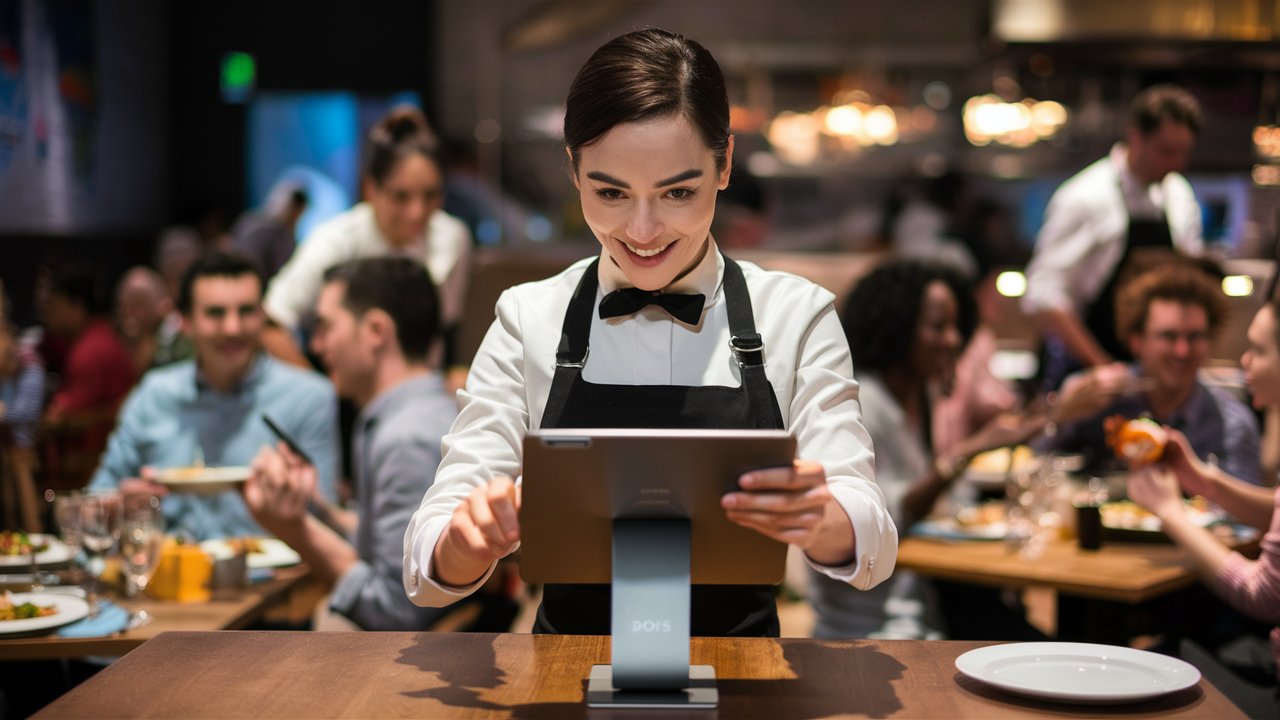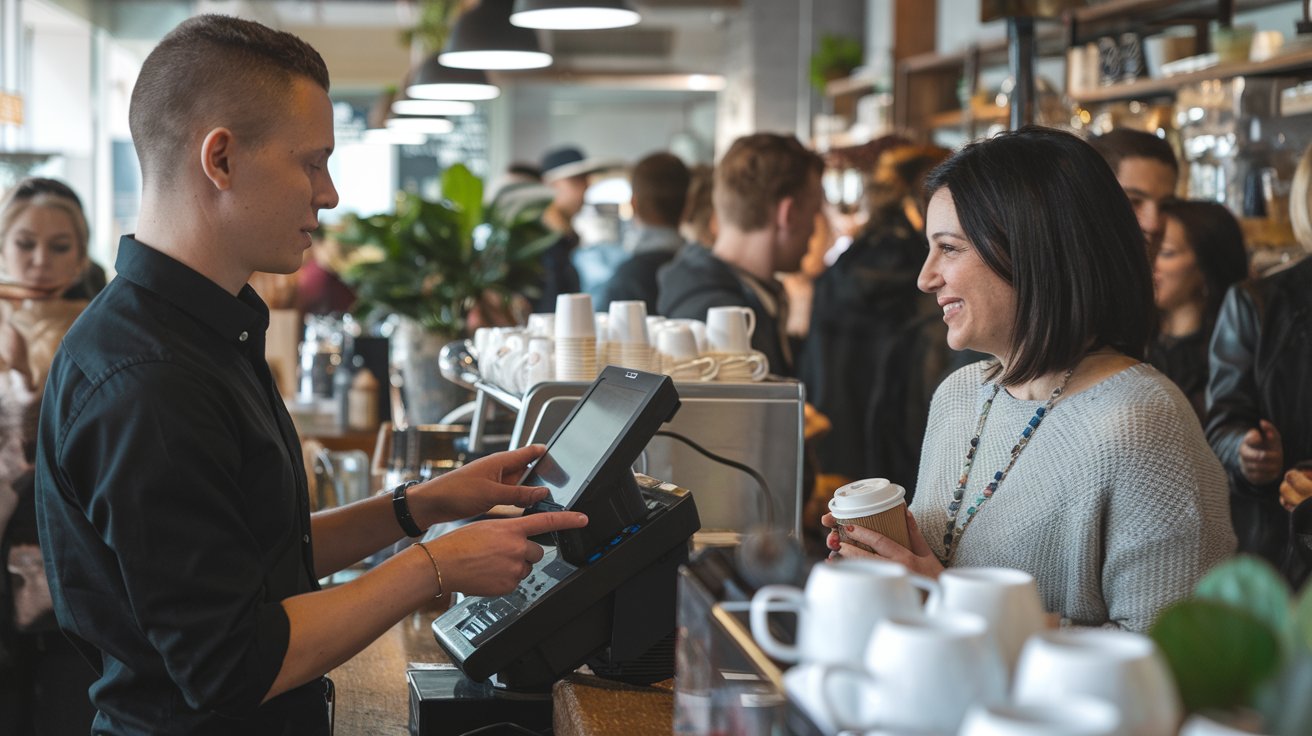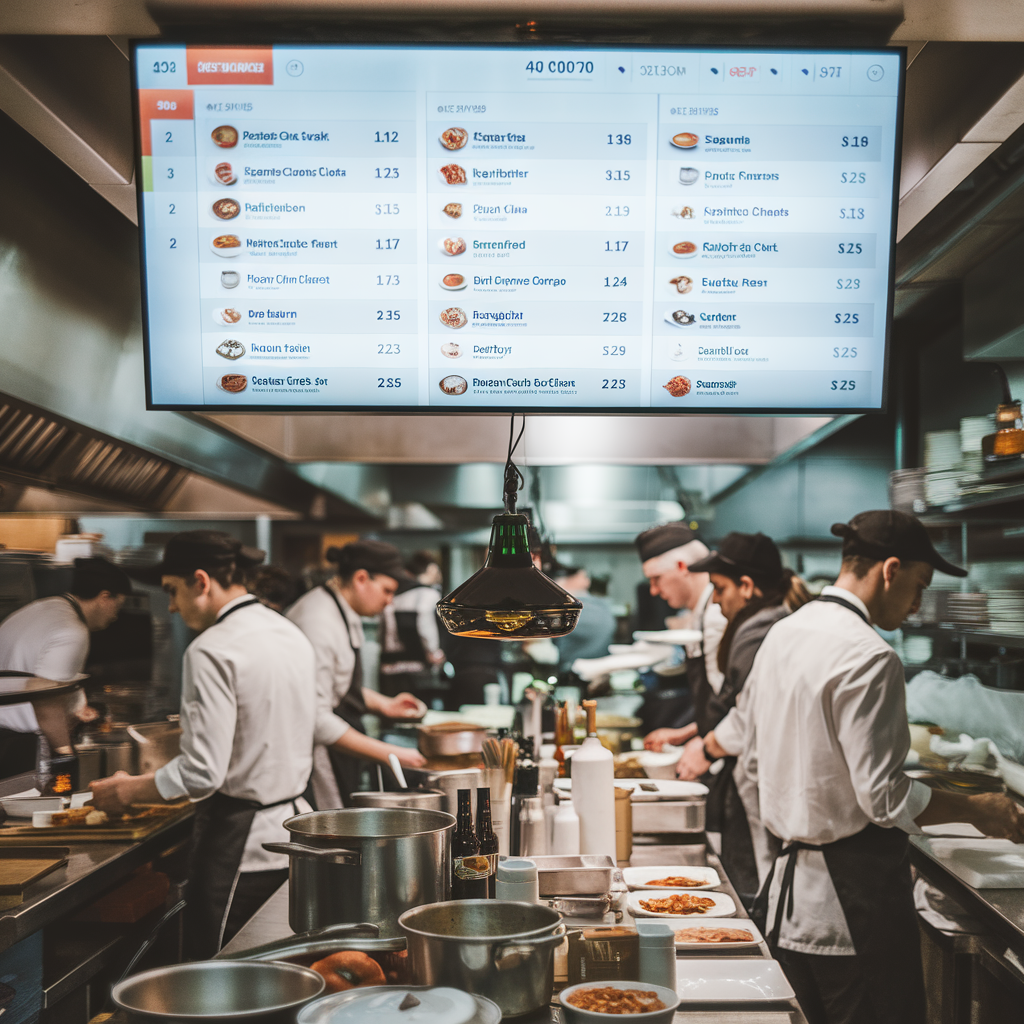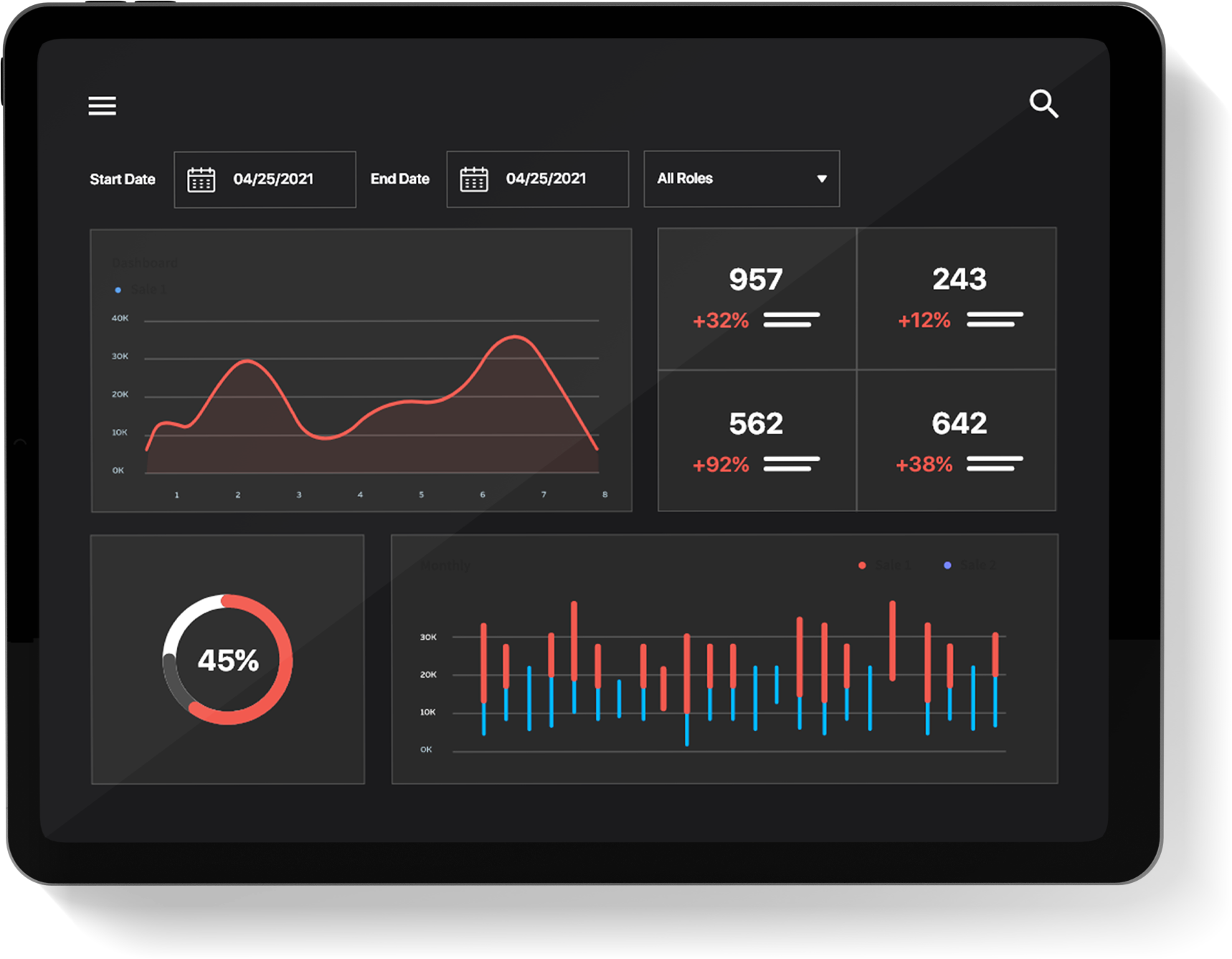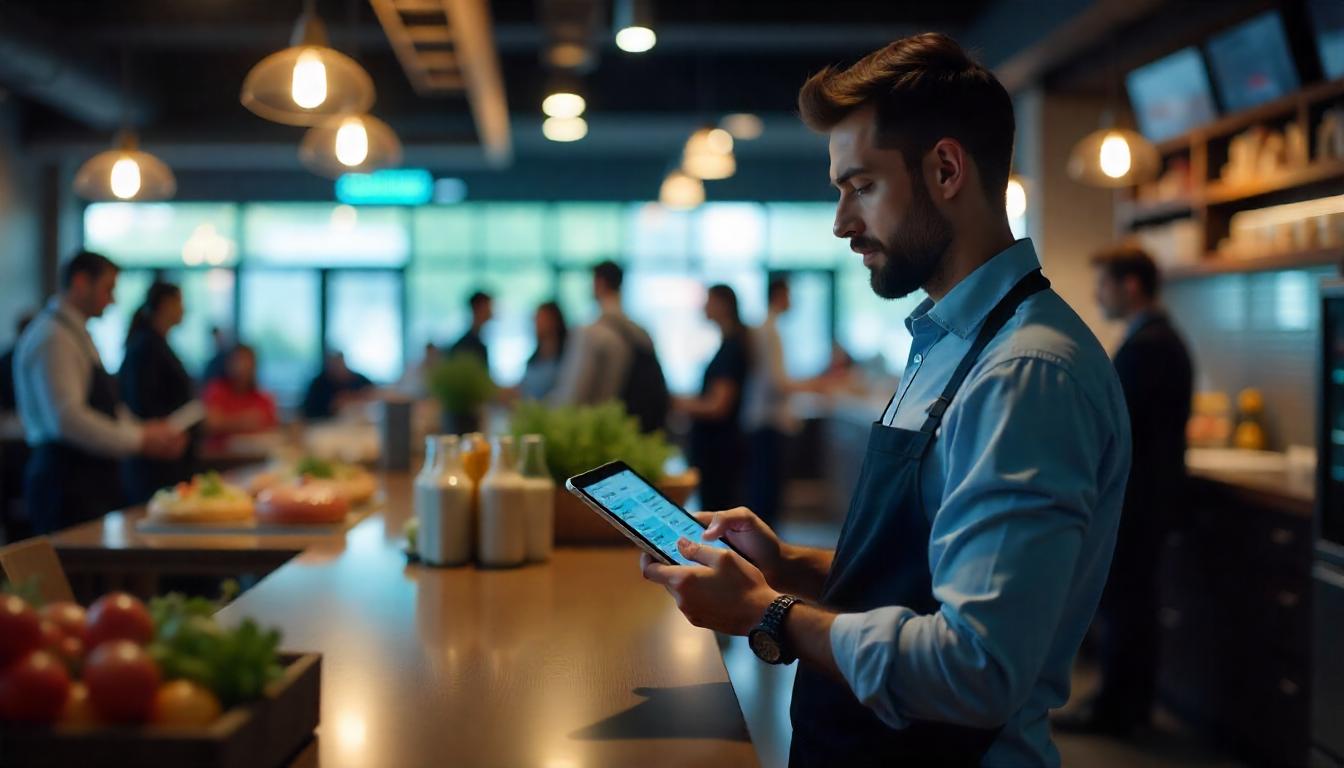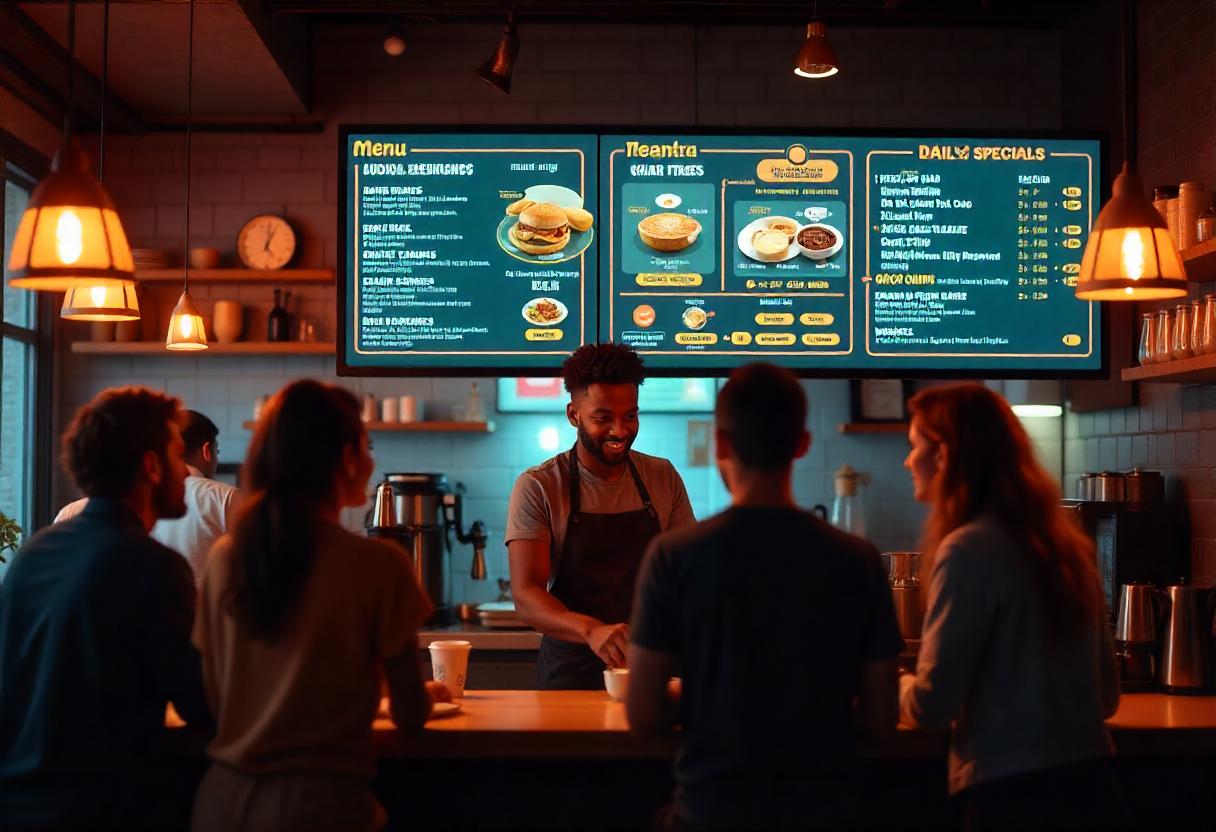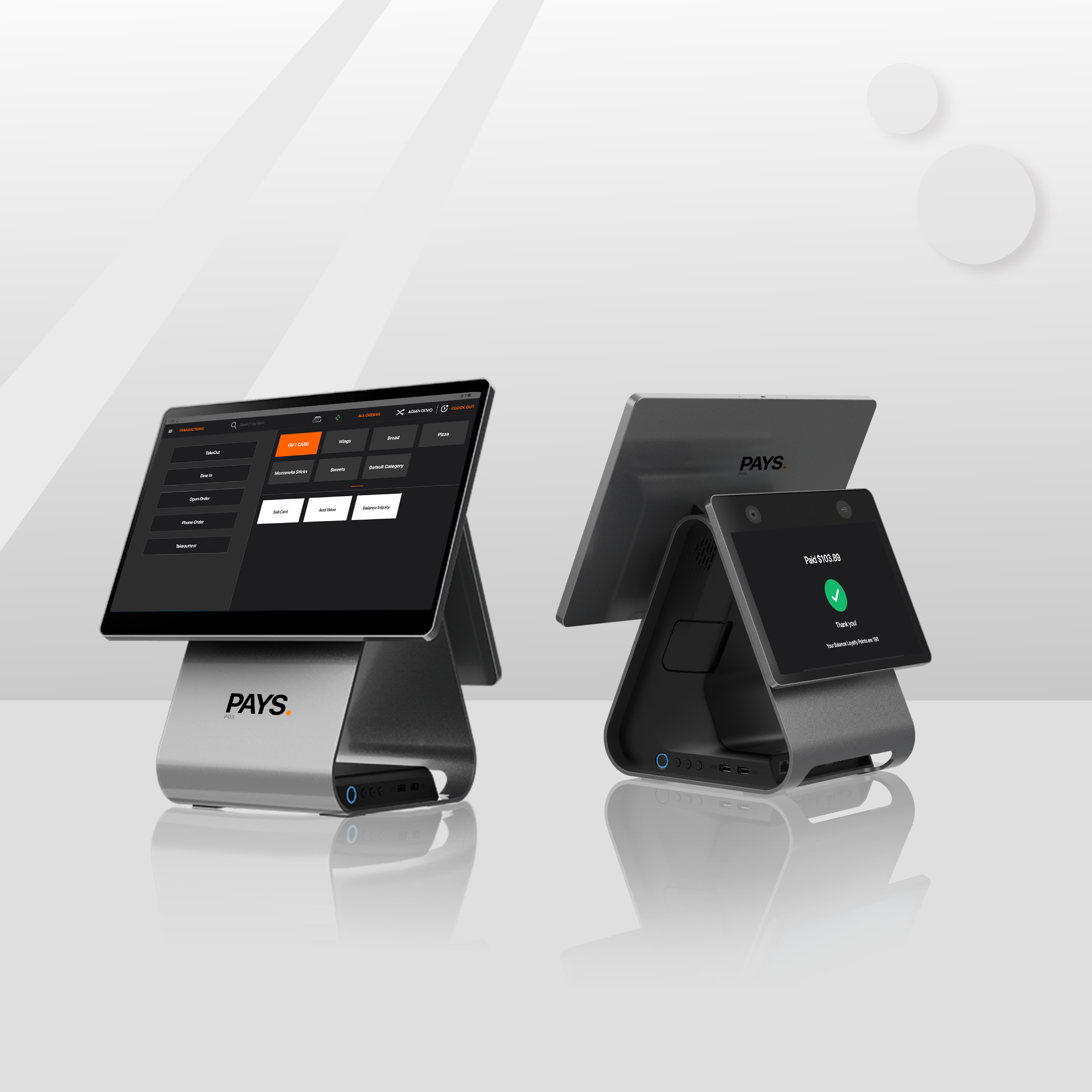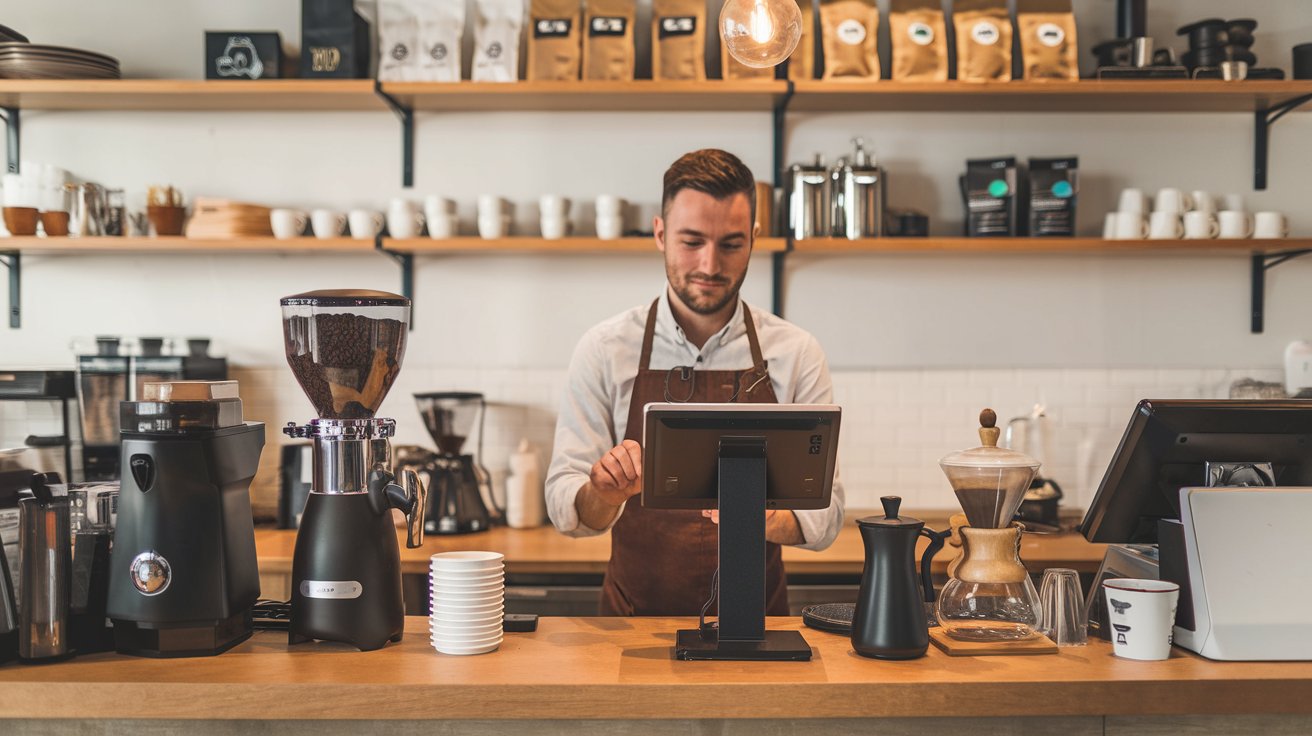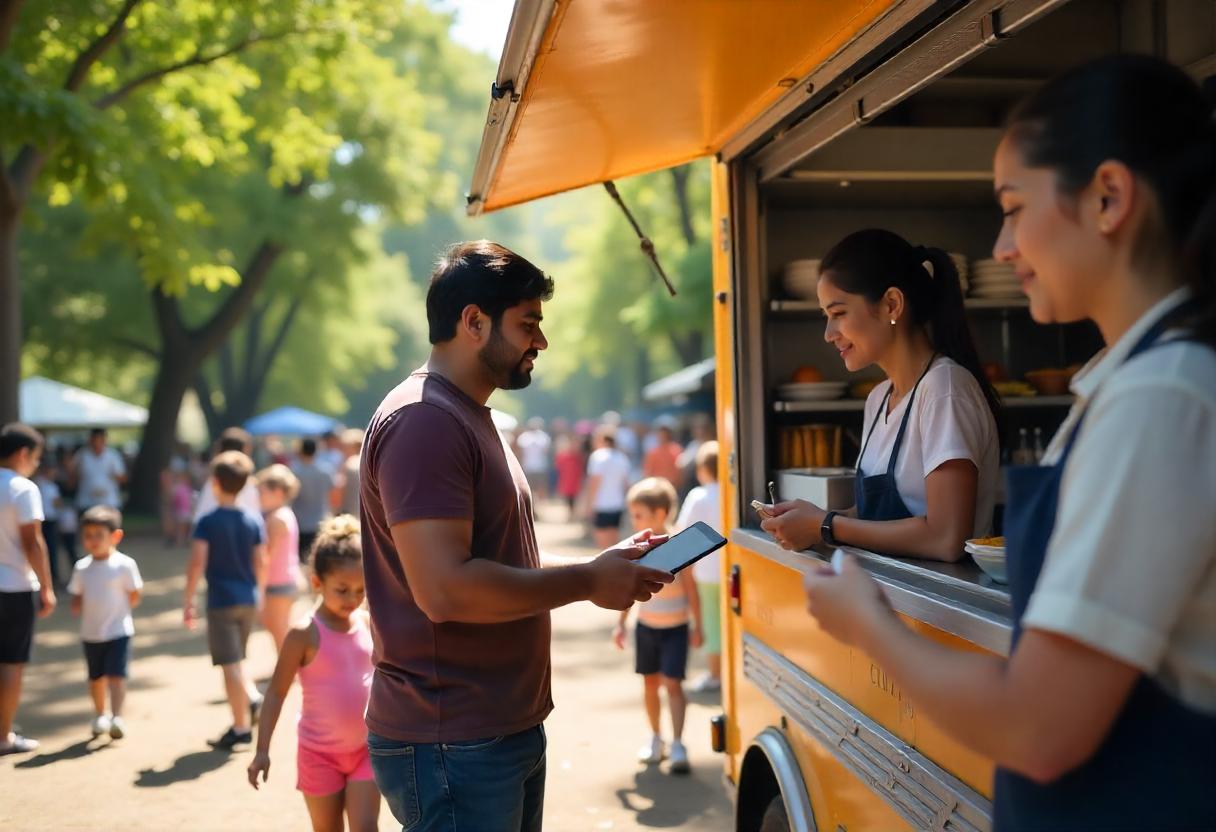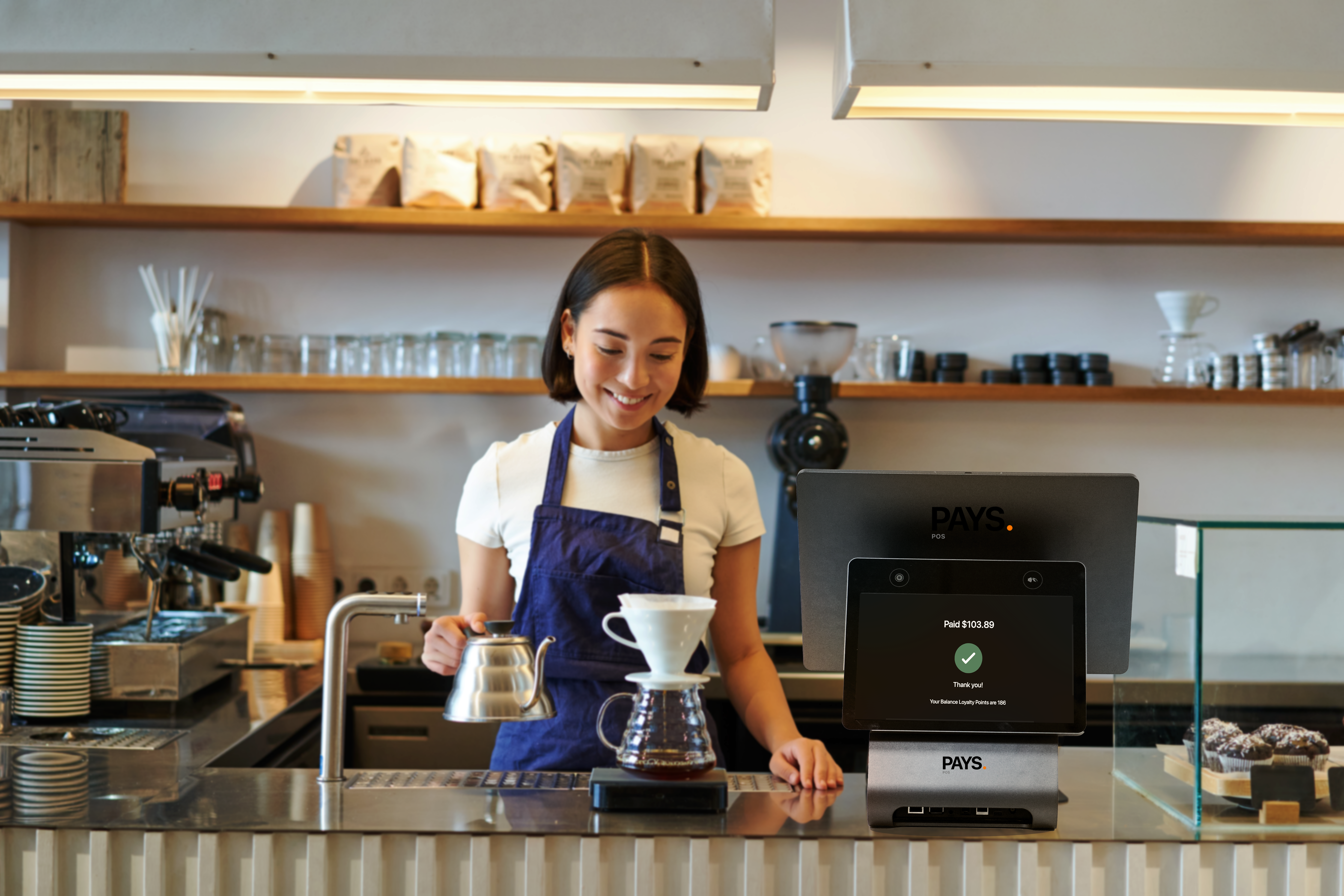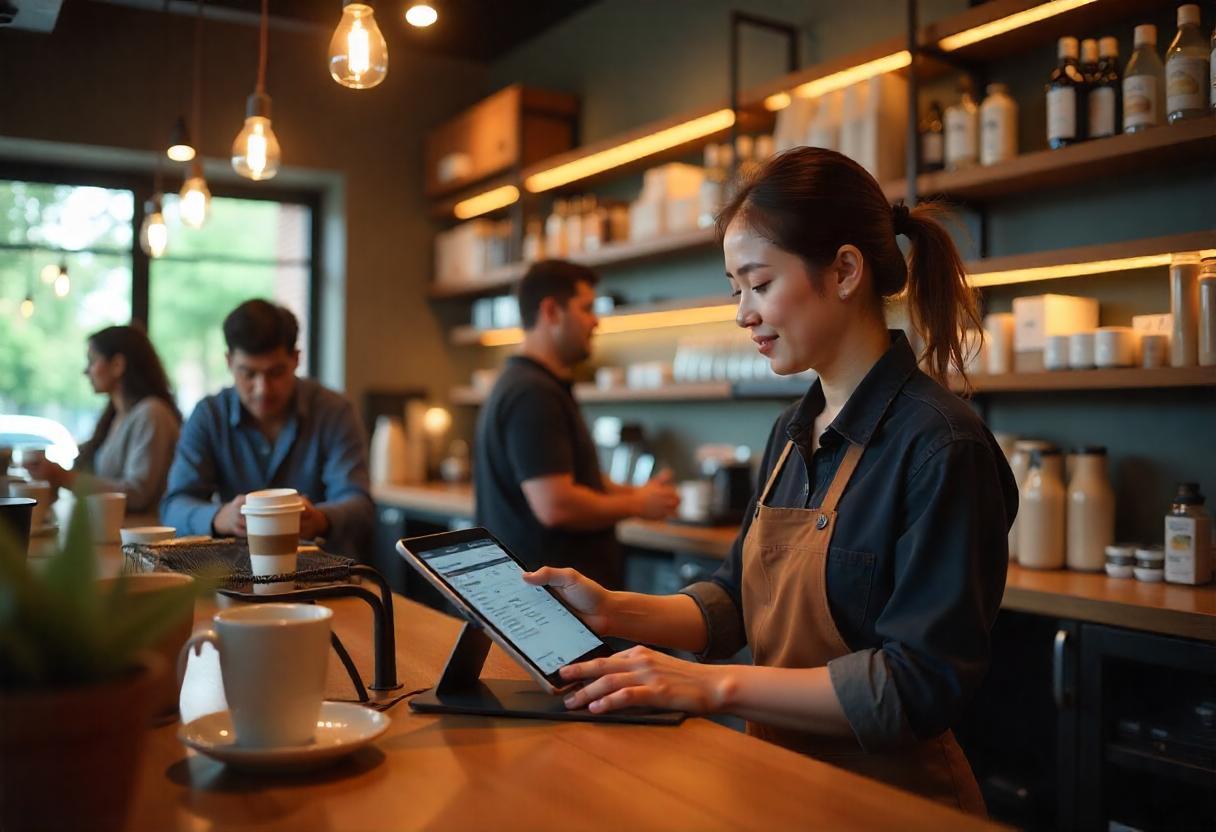In the fast-paced restaurant business, efficiency and customer satisfaction play a crucial role. Self-service kiosks transformed the way orders were placed, payments were processed,
and how customers experienced dining without much contact with service staff.
It is efficient and has enhanced the quality of dining experiences. This article will analyze the importance of self-service kiosks, specifically the self-ordering kiosks, and how they can be associated with the PAYS POS in revolutionizing restaurant management.
Advantages of Self-Service Kiosks

Customer Experience
Customer-activated interfaces for self-service kiosks provide power in customers’ hands to control ordering. Customers can browse the menus without being in a rush to order, customize items, and browse more items within their time frame. Here, customer satisfaction comes about concerning the making of orders, whereby a customer will make decisions that represent their desires and choices.
Reducing Wait Time
Long lines can be off-putting to customers and decrease sales. Self-service kiosks greatly minimize waiting times since many customers can order at once. This productivity enhances customer turnaround but also enhances customer satisfaction since the clients wait for less time and spend more time on the meal.
Improved Order Accuracy
Human errors in receiving orders lead to dissatisfaction among customers and wastage of food. Self-ordering kiosks reduce these errors as the customer inputs the order himself or herself into the system. The visual interface also ensures that the customer can see what he or she has ordered, and thus, can verify the order, thus ensuring that there are minimal errors on the kitchen side.
Types of Self-Service Kiosks
Self-Ordering Kiosks
Self-ordering kiosks are especially used for placing orders. The clients interact with a touchscreen interface for selecting items from the menu, customizing their orders, and completing transactions. Usually, these kiosks feature extremely beautiful displays that display menu items, making it easy for customers to make decisions.
Payment Kiosks
The kiosks deal with nothing but the payments of the transactions. They give different alternatives of payment options to the clients for the meals, giving them chances to use a credit card, debit card, and other mobile pay.
It connects hybrid kiosks in one system and allows people to make the payments straight using the PAYS POS so that it can enhance the way transactions can be taken care of hence enabling easy tracking of the sales made.

Hybrid Kiosks (Order and Payment)
Hybrid kiosks
combine the orders and payments into one unit. The process allows customers to both order and pay altogether. This integration makes it simple for the customer to bring together the journey, minimize the devices, and optimize operational efficiency.
Integration with PAYS POS Systems
How PAYS POS Improves the Kiosk Functionality
PAYS POSs are synchronized with self-service kiosks, which design a strong, robust framework for managing restaurant operations. This allows the kiosk and the POS to immediately update the inventory levels in real time as orders are being placed.
Real-Time Data Synchronization
Real-time data synchronization is important for maintaining accurate inventory levels and sales reporting. If a customer orders through a self-service kiosk, the information is sent to the PAYS POS system in real time. Then, the kitchen staff will know the current orders and update the inventory levels in real time, thus preventing stockouts or over-ordering.
Features of Self-Service Kiosks
User-Friendly Interfaces
User interface success for self-service kiosks lies in how they can interact with users. An intuitive and easily understandable interface would allow a customer to order fast without much confusion. The use of big buttons, images of products in menus, and step-by-step instructions make a system easy to use.
Adjustable Menus
Self-service kiosks allow restaurants to offer customizable menus that meet individual preferences. Customers can change ingredients, and portion sizes, or add special requests right from the kiosk interface. This flexibility not only improves customer satisfaction but also encourages upselling opportunities.
Payment Processing Options (Credit, Debit, Mobile Payments)
To meet the needs of customers, self-service kiosks should be multi-channel capable. This would incorporate the provision for credit card reading and debit card processing in addition to mobile payment facilities such as Apple Pay or Google Wallet so that the customer could pay conveniently with their option of choice.

Impact on Operational Efficiency
Labor Cost Savings
It helps restaurants save on the cost of labor by way of self-service kiosks. The self-service kiosks enable the automation of orders, thereby helping restaurants save on front-line staff during peak hours while allowing other employees to perform vital tasks like food preparation or customer service.
Streamlined Order Management
These would, no doubt, boost streamlined order management by auto-orders entered in the KDS without staff’s need to be involved with key entry in the POS.
Errors are reduced and true communication of both front-of-the-house and back-of-the-house are promoted.
Because it maintains real-time integration between its kiosks and PAYS POS systems, restaurants control their inventory levels better. Sold items are tracked so that the restaurant can take more effective inventory management actions, reducing waste and stockouts of popular menu items.
Case Studies: Implementations That Work
Examples of restaurants using self-service kiosks with PAYS POS
PAYS POS can be successfully operated with the use of self-service kiosks in many restaurant chains in the interest of attaining better efficiency and experiencing improvements from their customers. As a prime example:
Fast Casual Dining Chains: With fast-casual chains, many have integrated it with a self-ordering kiosk for quick servicing during peak hours as well as improved customer satisfaction.
Quick Service Restaurant: Hybrid kiosks have been introduced in QSR stores so that customers can place their orders and pay together at the same time.
That makes it serve faster and turn tables much quicker.
Measurable outcomes of sales volume are reported by restaurants that have introduced self-service kiosks. Higher order accuracy and reduced wait times result in improved service for the customers as well as ordering flexibility.
Challenges and Considerations
Initial Setup Costs
Restaurants first have to budget for initial costs associated with hardware and software solutions that although self-service kiosks have numerous benefits cannot ignore such costs for an effective implementation plan.
Staff Training and Customer Acceptance
The integration process would rely on the adequate training of staff to handle new technology. Restaurant owners would have to prepare themselves for how
long the customers would take to adapt to the new mode of ordering food rather than traditional methods of ordering.
Self-service kiosks need to be maintained constantly to continue running smoothly for generations. Restaurants should establish relationships with technical support providers to whom they can turn for assistance with unsolved problems.
Ready to elevate your restaurant’s service? Dive into The Complete Guide to Online Ordering for Restaurants and transform your business today!
Staff Training and Customer Acceptance
Innovations in User Experience
Users in a self-service kiosk could then benefit from innovations where high graphical presentation is
improved while using more advanced voice recognition software with possibly personalized recommendations concerning what you have bought last. Technology to improve the self-service kiosks
Possible impacts on self-service kiosks through artificial and machine learning technologies are
As these technologies develop the whole process of self-service kiosks will see radical change. Predictive analytics will probably be put before its clients and based on history the item can be added for recommendation.
Explore how The Rise of Contactless Payments and Self-Service Kiosks in the Restaurant Industry can transform your dining experience—embrace innovation today!
Expansion into New Markets
The expansion can be into new markets, and not limited to the traditional fast-food type restaurants, but also casual dining or even food trucks where efficiency is at the same level of importance.
Conclusion
Self-service kiosks are one of the most important restaurant technologies since they improve the efficiency of operation while offering a better customer experience. When these systems are integrated with PAYS POS solutions, restaurants increase the accuracy of order processing and streamline workflow in all areas of operation. Further technological advancement in adopting AI-driven features will add more benefits that self-service solutions can bring to the restaurant industry.


